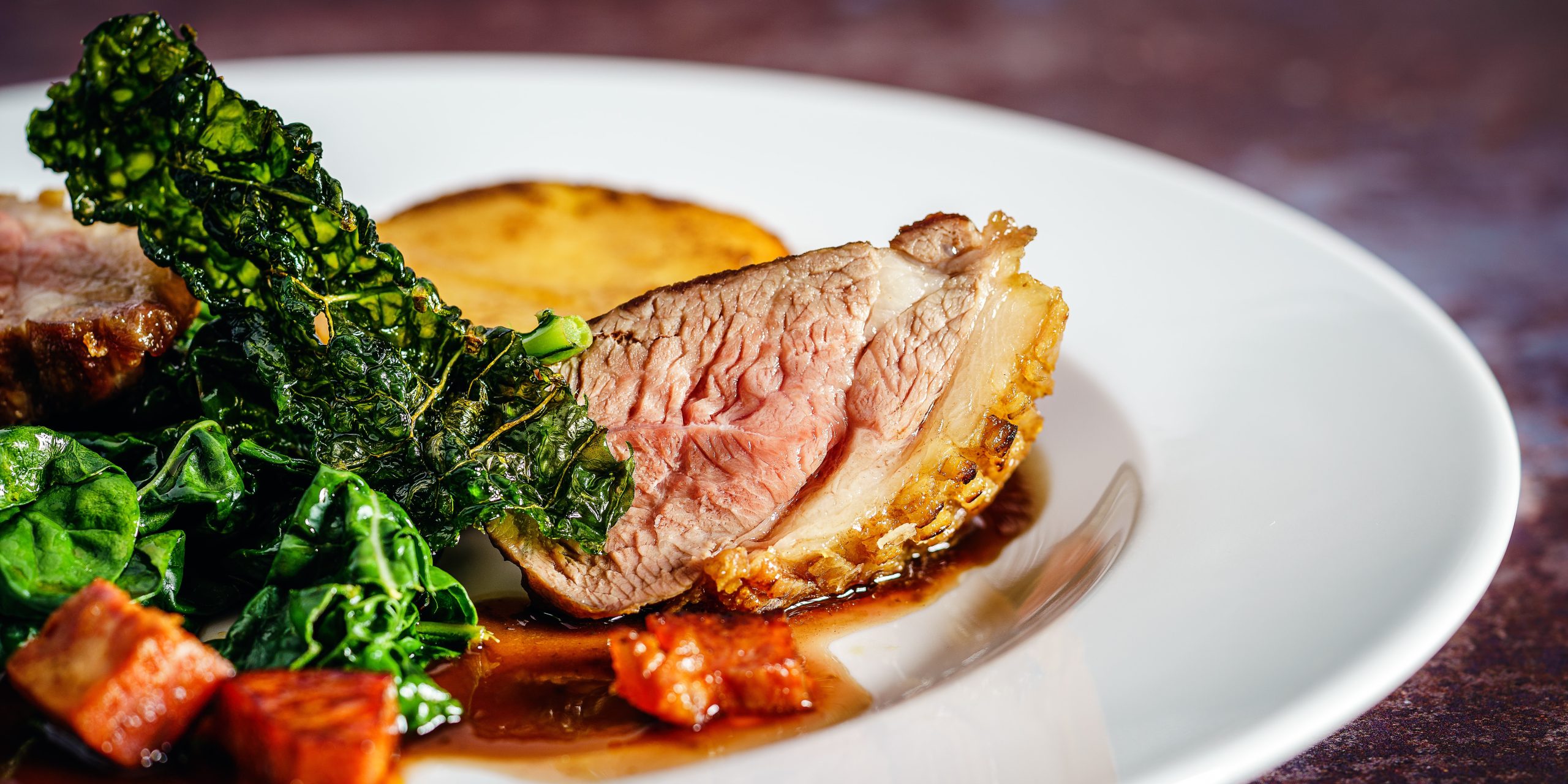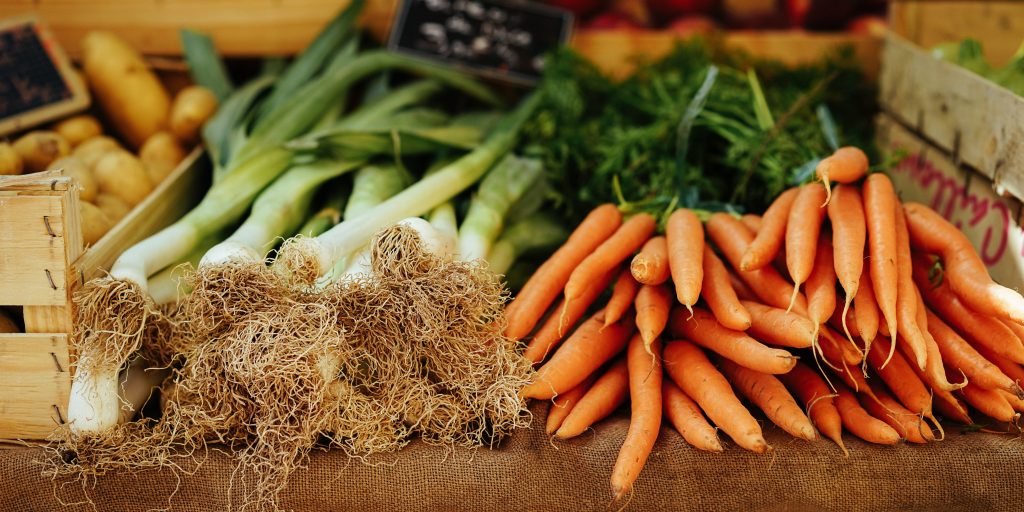
What better way to start a new year than with a local food challenge?
Local food is becoming more and more important to Marylanders. Many in our foodshed are interested in finding out more about local food and where to find it.
Buying local is a journey, as we all have to balance budgets, time, and tastes when eating. Fortunately, it is clear that we have a LOT of options here in the Baltimore Foodshed, and more opportunities are growing all the time.
Buying local means we get the freshest food, and allows us to buy directly from farmers that are working hard to offer the most nutritious and sustainable food out there. We help communities, the Bay, and ourselves.
It’s unlikely that any of us eat local food 100% of the time. I know I don’t, but I want to improve. I plan to make 2022 a year for me to focus more on eating as locally as I can. Can you join me?
Local Food Challenge
A local food challenge will look different for everyone. The goal is to eat more food from our foodshed. That may look like a garden, or simply learning to cook new things from the market. It may be joining a CSA.
You know what your budget and time constraints are. Your local food challenge for 2022 will be to eat more food from the Baltimore Foodshed. You know how much local food you eat or don’t eat. What is one area you might like to improve?
- New techniques for preserving food
- Start using food before it goes bad
- Lower food waste by eating every scrap
- Composting at home
- Stretching meat dishes
- Trying new seasonal options
- Building a root cellar
- Growing some of your food
- Getting chickens, or quail, or rabbits for meat or eggs
My personal local food challenge for this year is to cook a fully local meal each week. I set the bar low to make it easy, but I know that winter will be harder and summer super easy. I’m hoping that as it becomes more of a routine for me, I will eat a lot more locally.
Grains are a bit more difficult to work with, because we don’t have a lot of local options. You can buy local bread or make it using high quality ingredients, or cook with dry beans. Spices don’t need to be bought locally, though I encourage you to grow your own herbs and make your own spice blends.
I will buy my meat, vegetables, fruit, and dairy from local sources. I can buy meat in larger amounts to save money. I know my local dairy lasts longer because it is fresher, so I can buy more of it as well.
If a local food challenge of a meal a week sounds intimidating, you can try something smaller. Join a CSA, or make a plan to visit a farmers market weekly. Maybe try starting in spring rather than now. Or buy all your meat locally this year.
To help you on your challenge, you may want to look into preserving at home more. Get a freezer so you can buy more meat in bulk. Freeze fruits and vegetables. Learn to can or dry them. Find a good spot to store winter vegetables.
Pay attention throughout your local food challenge to see what you like to eat. That way you can store more of it for later.
Let me know what your plans are and how you will do your own local food challenge. Visit the Baltimore Foodshed faceboook page and tell me, or send me an email! I’d love to highlight people who are eating locally.
Winter Local Food Challenge Resources
I get it, winter is a tough time to start a local food challenge. But that does not mean you can’t start now! Here are some resources to check to help you start your journey:
Where do you go to find local food in the winter? Farmers markets and CSAs, just like in summer. Find your closest Winter Farmers Market or sign up for a Winter CSA.
November and December farmers market posts list out some of what you might find through the dregs of winter. Look for inspiration for meals and to help plan your trips!
You’ll find a lot at the markets even in winter. Produce and meat will be there along with prepared products and non food options. Look for potatoes, turnips, brussels sprouts, carrots, sweet potatoes, cabbage, pumpkins, and beets. Don’t forget pork, beef and eggs!
If you are new to the pantry idea, now is the time to start working on it. Start learning how to freeze food, can, dehydrate, and store root cellar vegetables.
Learning how to preserve foods can help cut your grocery bill and lower food waste.
Eating locally in the winter may mean eating out of your pantry rather than heading out in the cold to the markets. Save money by saving food for the winter ahead of time.
Even if you find it tough to find local food right now, you can always start planning for spring. Start a garden, or plan to get your own chickens or other animals at home.
I hope you will join me with your own personal local food challenge this year!





